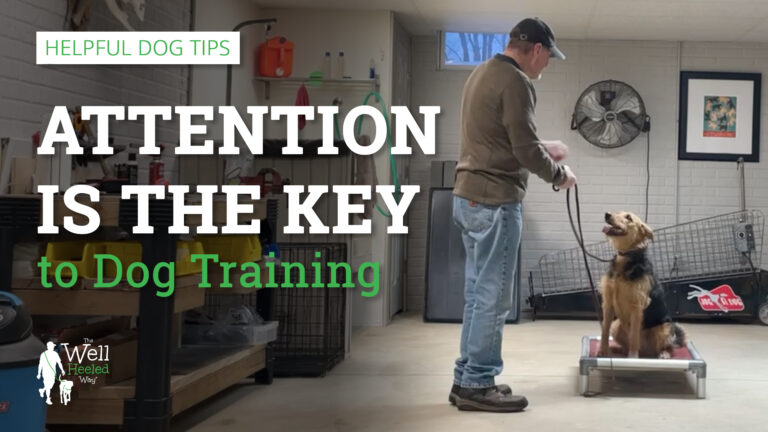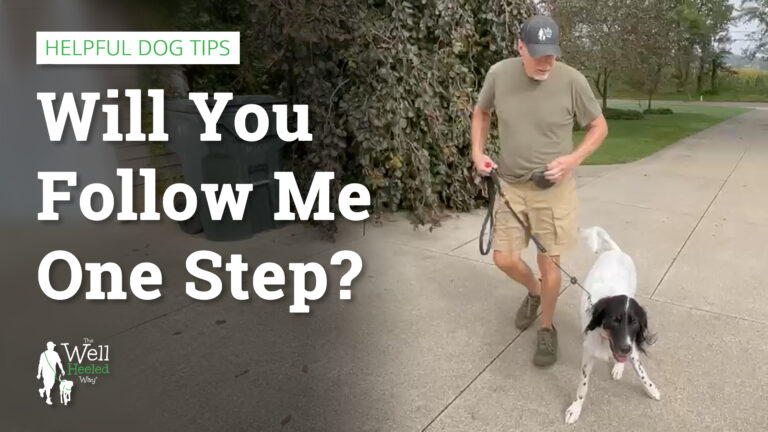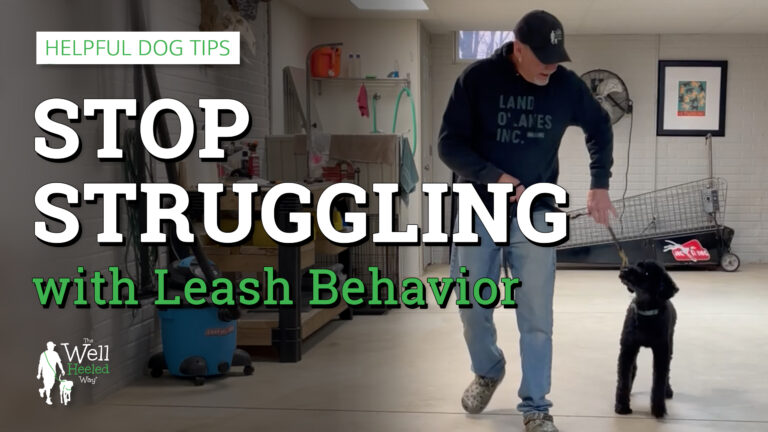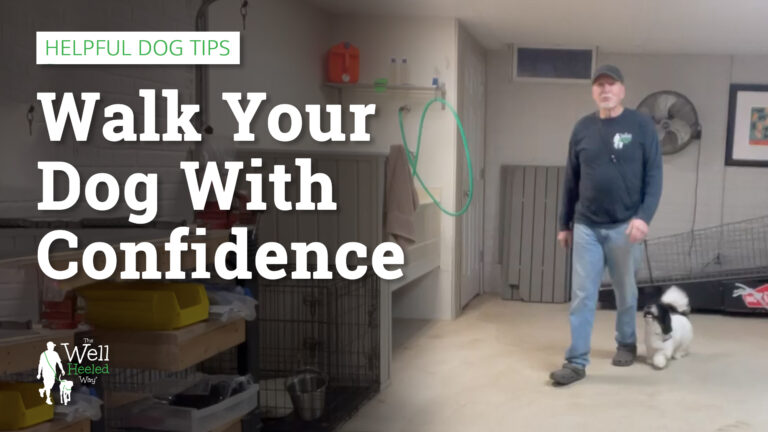
Meet Bart and Gabe, four-month-old mini Australian Shepherd littermates. I recently worked with these pups on what we call “walking in brace,” or walking side by side. This can be extremely helpful when you have two dogs that are similar in size because it only requires one person to do the walking.

Meet Enzo, a very excitable and hyper 10-month-old chocolate Lab whose owners wondered, could he possibly go from rowdy to relaxed?

Here I have Maya, a terrier mix with extremely high energy who will come right up and get in your face. It’s important to correct this behavior even if she doesn’t intend to harm—she’s just excitable. So where do I start? At the beginning, and that means I work on Maya’s attention. Keeping your dog’s attention is the key to dog training and guiding her behavior.

Today we meet Willie, an 11-month-old English Setter who is full of energy. Our goal for Willie is to encourage more calm and controlled walking using TWHW harness and leash. We begin with a bit of attention and follow training—remember, the basis for all desired behaviors is getting your dog to honor you. Walking your dog requires that same acknowledgment!

Meet Shadow, an Aussiedoodle who is easily distracted and struggles with leash behavior. The key to successful walking on the leash starts without using any leash at all! That’s because the key is attentiveness.

In this video, we continue working with Tucker, a “Poo-Ton” or Coton Poodle mix. Tucker is eager to please and loves attention, so we can use that to our advantage when we want Tucker to follow alongside us. The important thing to remember is we want to teach Tucker to willingly follow where we want to lead, not the other way around. To do this, we start by simply walking around and rewarding Tucker for following. Frequently reinforce your dog when you are getting the desired results from your training efforts—in this case we are rewarding Tucker with treats, touch and repetition of the verbal commands when he follows and sits willingly.





